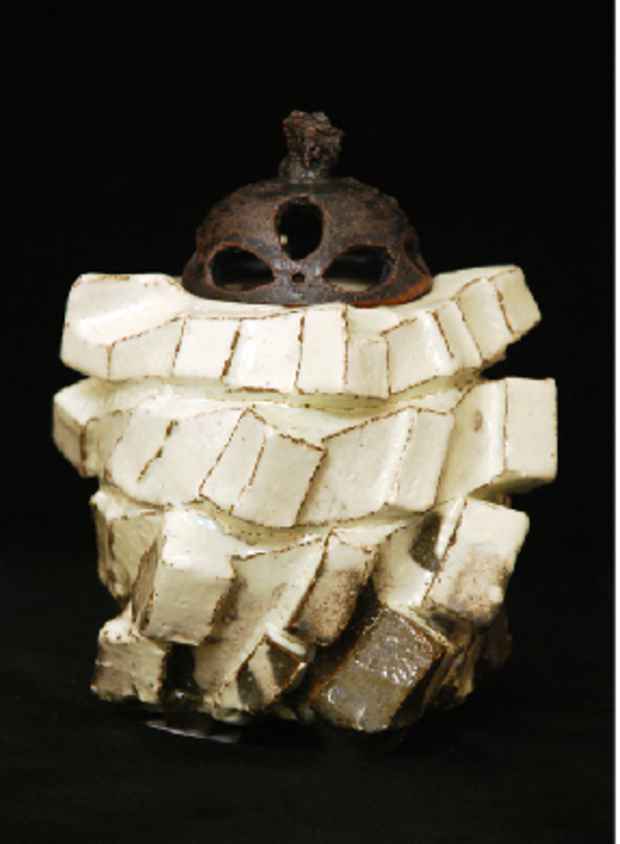Shozo Michikawa "The Nature of Clay"
Cavin-Morris Gallery

This event has ended.
We will present a cross-section of some of his newest pieces. Although he has shown frequently all over the world, aside from a presentation of his work at SOFA by the wonderful Gallery Besson, this will be his first solo presentation in New York.
Over the years Michikawa has established a unique language in his medium, one that nods toward traditions but that follows none. He views his work as still functional, but because of their bold forms and presences the functionality becomes a choice of the owner. Most will take their places as sculpture before they are allowed their utilitarian concept. As to their process Art Historian Simon Martin has this to say:
At first glance, one would imagine that Shozo’s dramatic faceted and twisted forms are hand-built and sculpted but, in fact, the vases he was working on during my visit were created on the wheel. However, he does not ‘throw’ his vessels in any conventional sense; rather their energy comes from the twisting of fractured planes on an internal axis. It is a different understanding of his materials, to do with cutting and paring down, rather than expanding from a ball of clay. He speaks of having a ‘conversation with the clay’ and ‘assisting the way it wants to go,’ which reflects his profound respect for its natural qualities. An early morning walk through the woods with his Japanese husky dog revealed just as much about his attitude to nature: almost an animist veneration for natural forces such as rocks, trees and the very earth from which the clay is mined, a sensibility that finds expression in the natural intentions of his beautiful pots.
There are dangerous and beautiful undertones to his work. They are weathered and scarred like ancient eroded earthen architecture, less about erosion perhaps then the shifting of natural valences, like something we only know has changed by looking away for a bit and then looking back to see the difference time has made. We see this in the way wind shapes ridges in desert sand or in water as it pulls back again into the ocean leaving the sand rilled and newly shaped yet still in its own tradition. It is the surface above a force, the signifier of the huge true strength of Nature disturbed and undisturbed. Below those ripples the sea has no morals, above the sand follows the endless shaping by the wind in its best and worst behavior. The sea can flood, the wind can hide a sandstorm, the mud can slide and cover the world and the next day can be sweet and sultry.
Michikawa’s work has been described as a physical manifestation of the conciseness of haiku, fast and brief and increasingly and never endingly complex. These are tactile pieces and every one of them hums and buzzes in one’s hands in astonishing physicality.
Media
Schedule
from May 28, 2011 to July 15, 2011